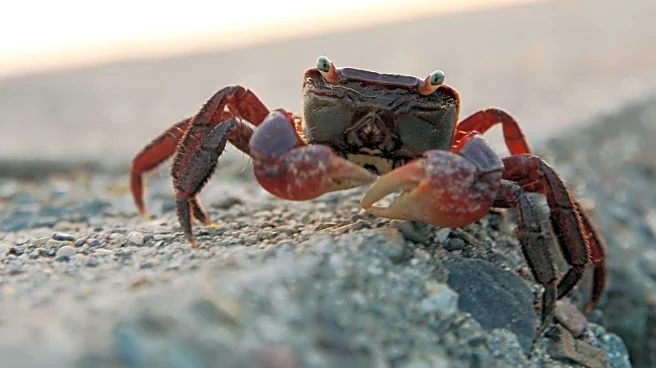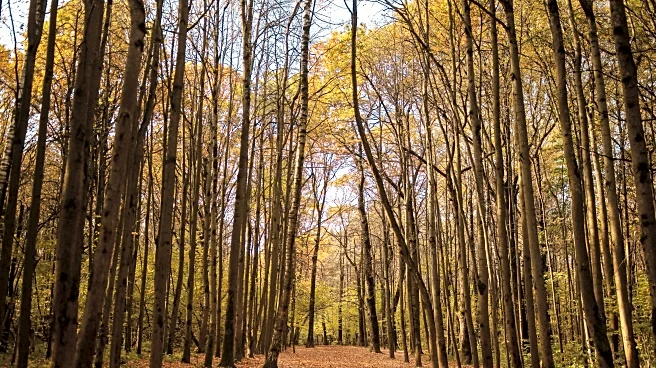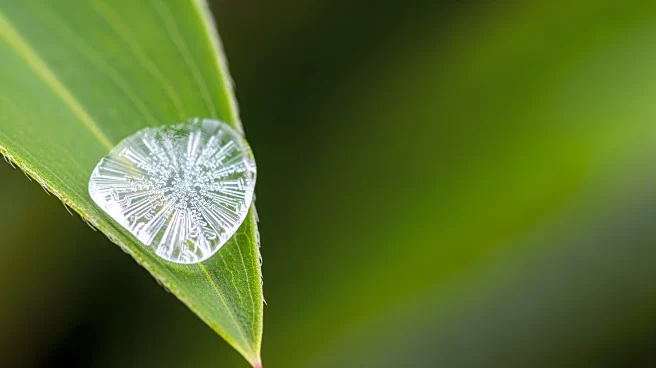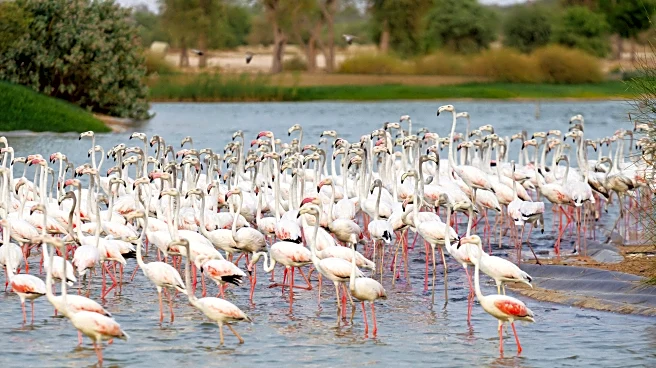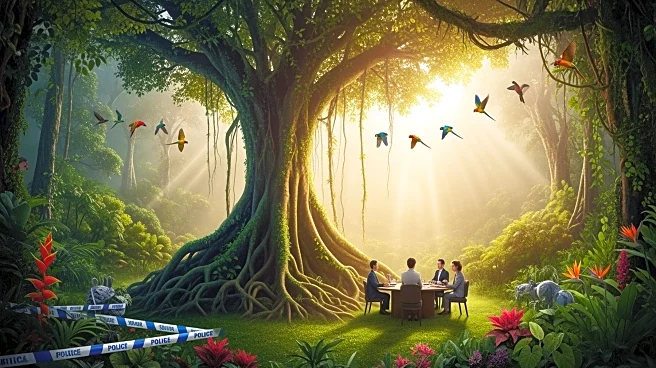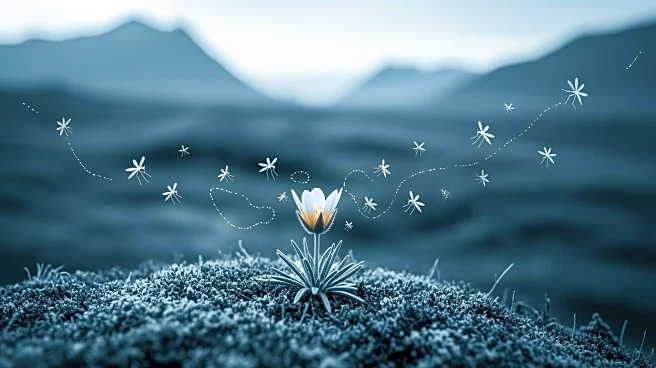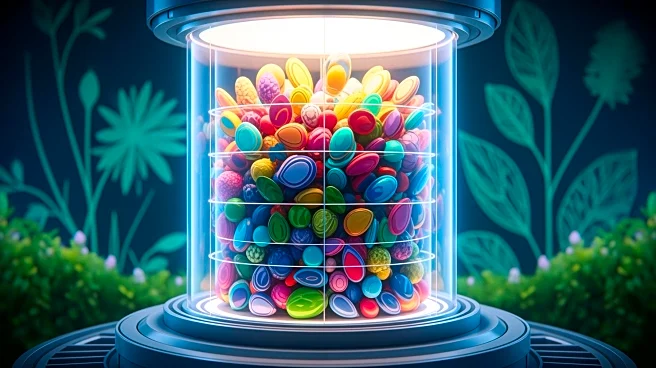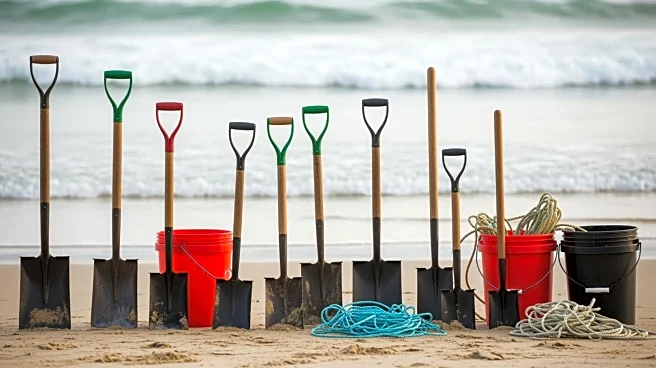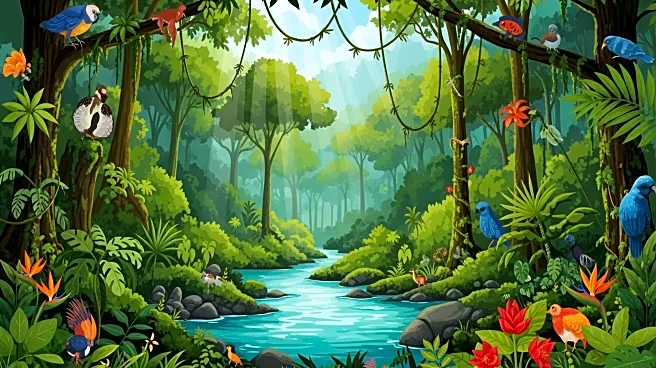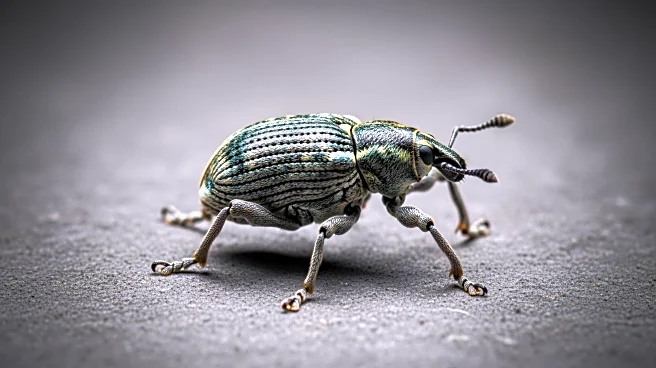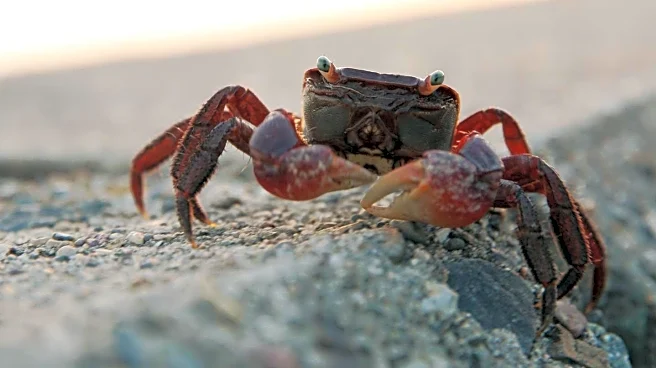What's Happening?
Millions of red crabs are currently undertaking their annual migration across Christmas Island, a natural event that draws significant attention from around the world. This migration involves tens of millions
of crabs moving from the forest to the ocean to breed, a spectacle that is both ecologically significant and visually stunning. The event is a critical part of the island's ecosystem, contributing to the nutrient cycle and supporting various wildlife species.
Why It's Important?
The crab migration is a vital ecological event that underscores the importance of biodiversity and natural cycles. It highlights the interconnectedness of ecosystems and the role of species in maintaining ecological balance. The migration attracts tourists and researchers, boosting local economies and providing opportunities for scientific study. It serves as a reminder of the need for conservation efforts to protect such unique natural phenomena.
What's Next?
As the migration continues, conservationists and local authorities may implement measures to ensure the safety of the crabs and minimize human impact. The event may lead to increased tourism, prompting discussions on sustainable practices to balance ecological preservation with economic benefits. Researchers may continue to study the migration to gain insights into ecological processes and the effects of environmental changes.
Beyond the Headlines
The migration highlights broader environmental issues, such as habitat preservation and the impact of climate change on natural cycles. It serves as a case study for the importance of protecting biodiversity and the challenges faced by conservation efforts. The event also raises awareness about the delicate balance between human activity and natural ecosystems.
